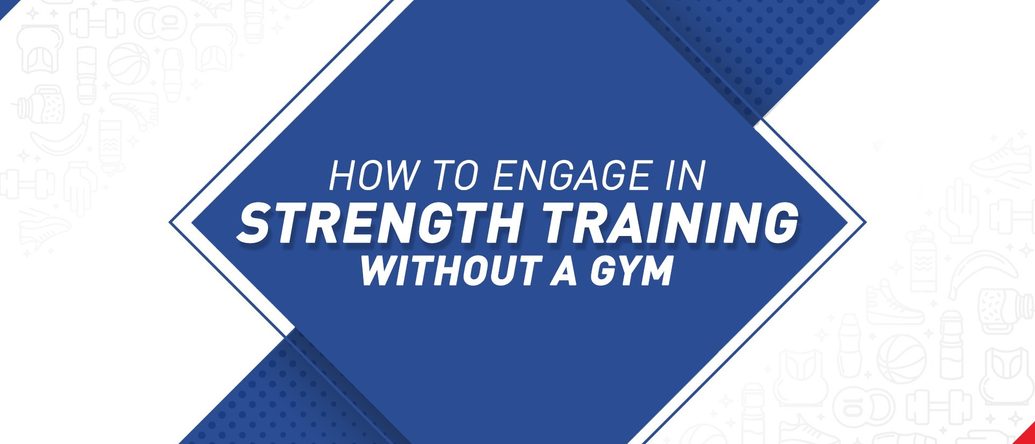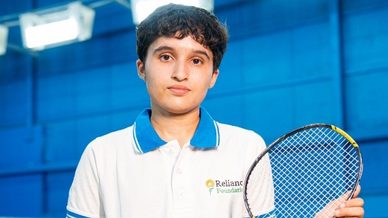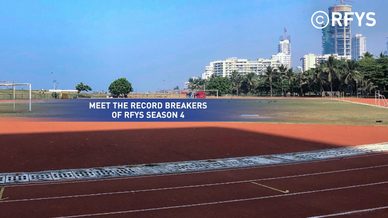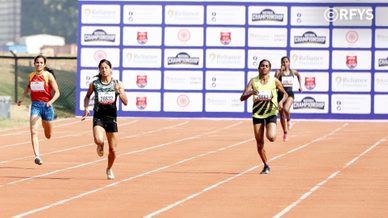Strength training without a gym
Being active is an integral part of a healthy lifestyle and it impacts an athlete’s performance and development. However, amidst the pandemic and lockdown restrictions, not everyone had access to a fully-equipped gym. In such circumstances. How does one exercise without hampering growth? In the RFYS Athletics Development Series, Leandi van Zyl, Strength & Conditioning Expert at Sir H.N. Reliance Foundation Hospital discussed how one can engage in strength training without a gym.
Watch the full webinar here:
Being active is an integral part of a healthy lifestyle and it impacts an athlete’s performance and development. However, amidst the pandemic and lockdown restrictions, not everyone had access to a fully-equipped gym. In such circumstances. How does one exercise without hampering growth? In the RFYS Athletics Development Series, Leandi van Zyl, Strength & Conditioning Expert at Sir H.N. Reliance Foundation Hospital discussed how one can engage in strength training without a gym.
Strength training, also called weight training or resistance training, is an important part of any fitness routine. It helps make you stronger and also builds muscle endurance. With strength training, you move your body against some type of resistance. When you don't have access to resistance equipment, such as; free weights, resistance bands, resistance machines, this can be replaced with bodyweight exercises that use one’s body weight as the resistance.
There are various benefits of strength training with bodyweight exercises like:
- Targets multiple joints
- Gains in relative strength
- More core stability & joint stabilisation
- Accessible & versatile
- Cost-efficient
A holistic strength training programme includes a range of aspects that target different areas to derive a range of benefits. The components that make up a good strength training programme are:
- Warmup: stability, mobility, and activation
- Plyometrics
- Squat
- Split leg
- Hinge
- Push & pull (vertical & horizontal)
- Core conditioning: bracing, rotation, anti-rotation
- Cool-down exercises
Leandi then demonstrated the above exercises in the webinar session for better understanding.
For effective results from a strength training programme, progression is essential. Progression is increasing the difficulty of the exercises, while regression is the opposite. The difficulty of bodyweight exercises can be progressed by increasing:
- Moment of resistance or leverage factors
- Duration of resistance
- Range of movement
- Plane of movement
- Stability demands
- Adding small soft resistances
- Single limb variations
- Increasing tempo
Leandi also demonstrated these exercises for an in-depth understanding of the progression.
For strength training at home, the following can be progressed gradually:
- Frequency:
Increase number of sessions per week/month
- Volume:
Sets x Reps x Load
- Types of circuits:
Tabata
Emom
Pyramid
In the end, Leandi summarised the key takeaways of the sessions in the following manner:
- You do not need a gym to do strength training
- All strength & conditioning programmes should include all major movements
- Progressions and regressions according to the ability of the athlete are important.
In case of queries, please feel free to connect with us on Instagram/Facebook or email us at info@rfyouthsports.com












Your Comments